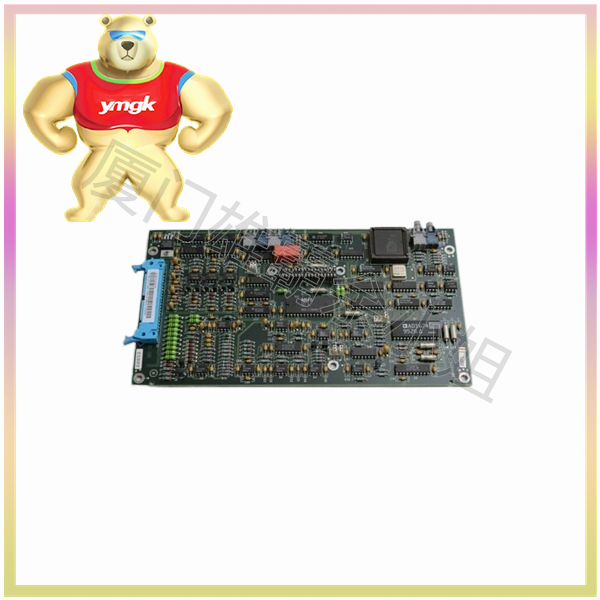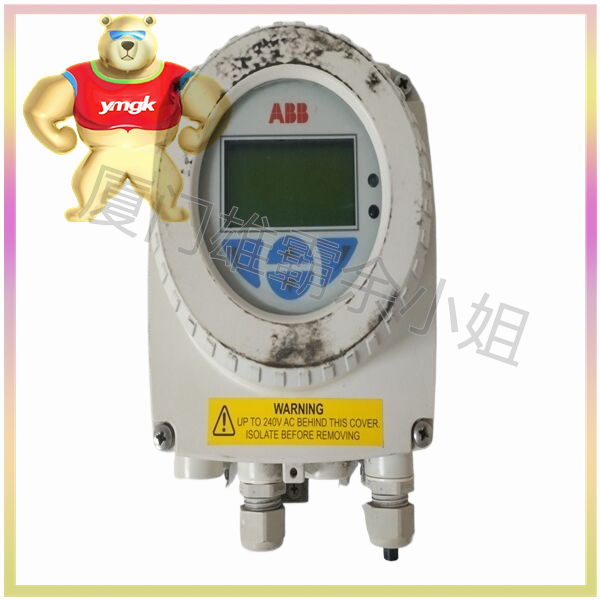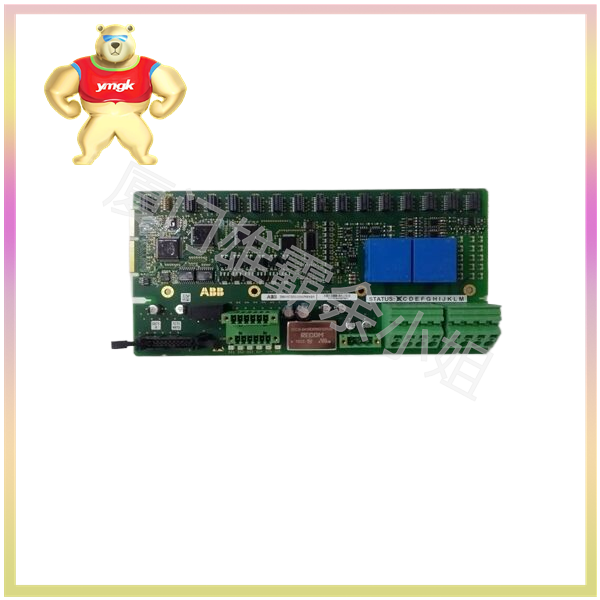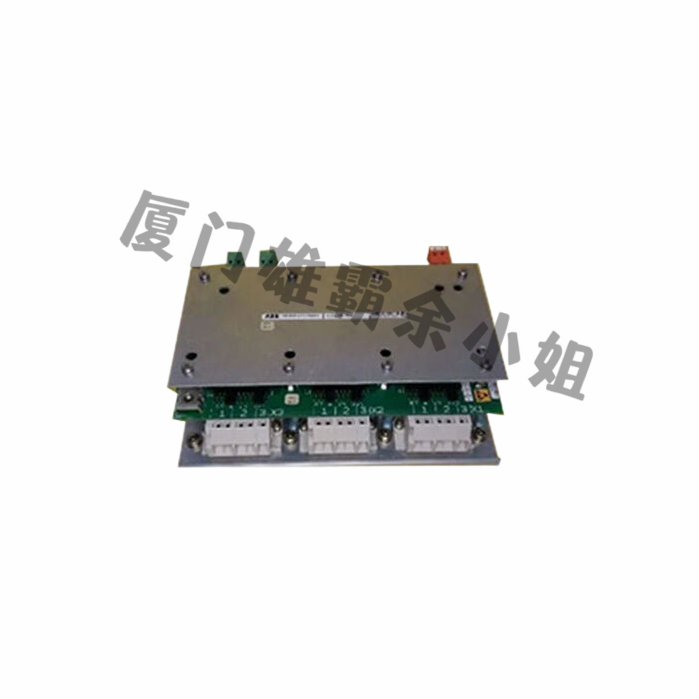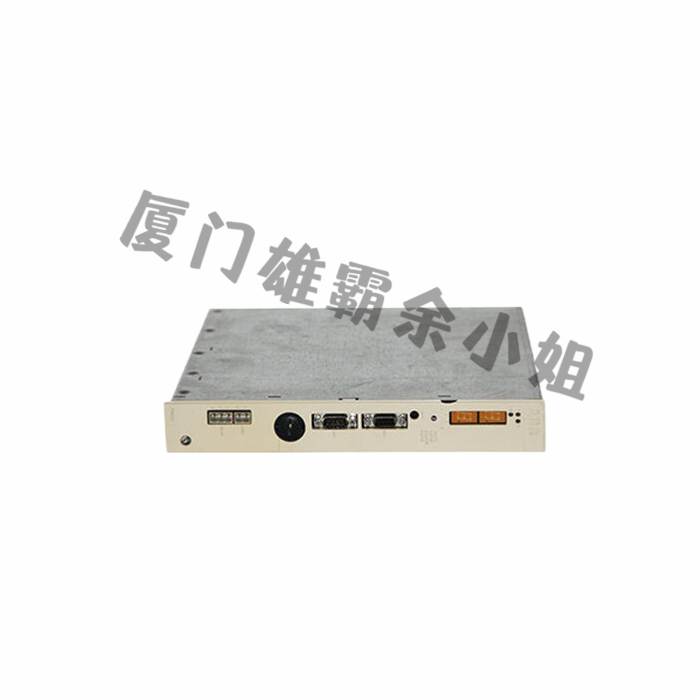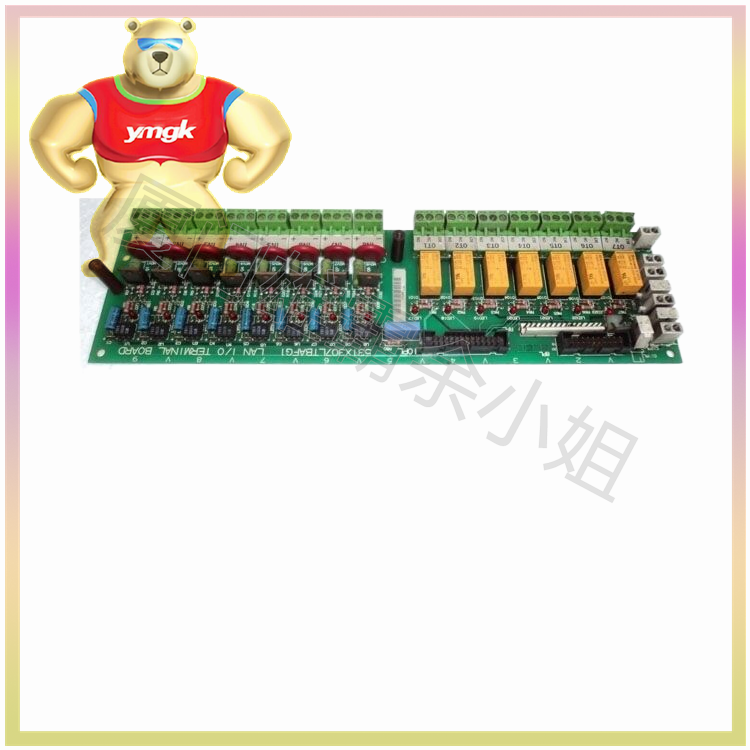Controllable silicon is a bipolar semiconductor device composed of four layers of semiconductor material, with a PNPN four layer structure connected in the positive and negative directions. It has three electrodes, namely anode (A), cathode (K), and control electrode (G).
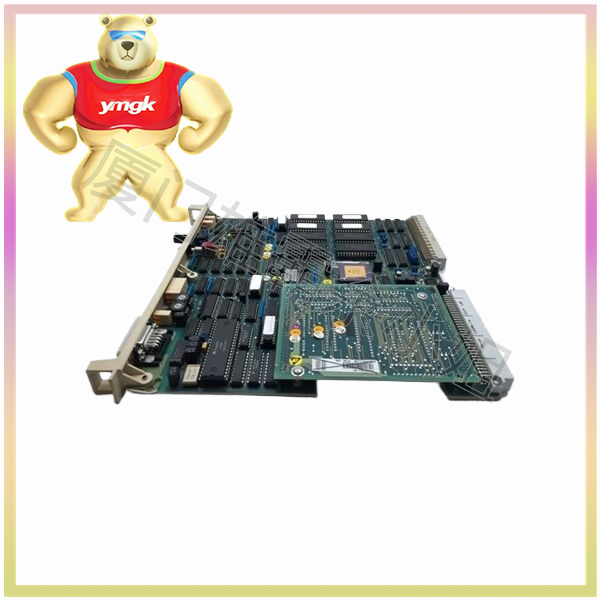
The working principle of thyristor is based on the conductivity control of PNPN structure. When a forward voltage is applied to the A terminal of the thyristor (relative to the K terminal) and there is no voltage on the control electrode G, it is in the “off” state and the current is almost zero. When a certain threshold voltage is applied, driven by the forward voltage, the internal PN junction breaks down and forms a small current (called sustain current), which triggers the thyristor.
Trigger signal of thyristor:
The trigger signal of a thyristor can be either voltage or current. There are two specific triggering methods, one is to trigger the thyristor by applying an external voltage pulse, and the other is to trigger the thyristor by applying an external current pulse.
Voltage triggering: In the voltage triggering mode, when the anode of the thyristor is at a certain working voltage, the control electrode G applies a voltage pulse, causing the PN junction to reach the breakdown voltage, thereby triggering the thyristor. Voltage pulses are generally powered by independent batteries and have high triggering capabilities.
Current triggering: In the current triggering mode, when the anode of the thyristor is at a certain working current, the control electrode G applies a current pulse to generate a reference current source for the thyristor, and directs the current from the current source to the G electrode of the thyristor, thereby triggering the thyristor. Current pulses are generally supplied by a current source and have low triggering capability.
Different triggering methods have different effects in different application scenarios. The voltage triggered thyristor has high speed and triggering ability, making it suitable for high-frequency and high-power applications. The current triggering method is suitable for low-frequency and low-power applications due to the low complexity of the triggering circuit.
In summary, thyristor is an important semiconductor device widely used in power electronic equipment. Its function is to control the current switch, and its working principle is based on the conductivity control of PNPN structure. The trigger signal of the thyristor can be either voltage or current. The voltage triggering method is suitable for high-frequency and high-power applications, while the current triggering method is suitable for low-frequency and low-power applications.

